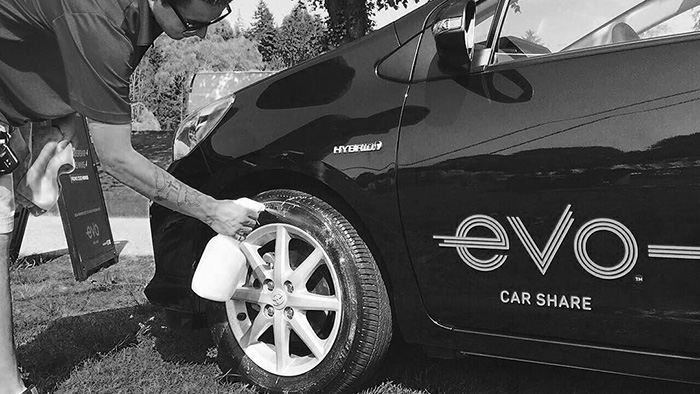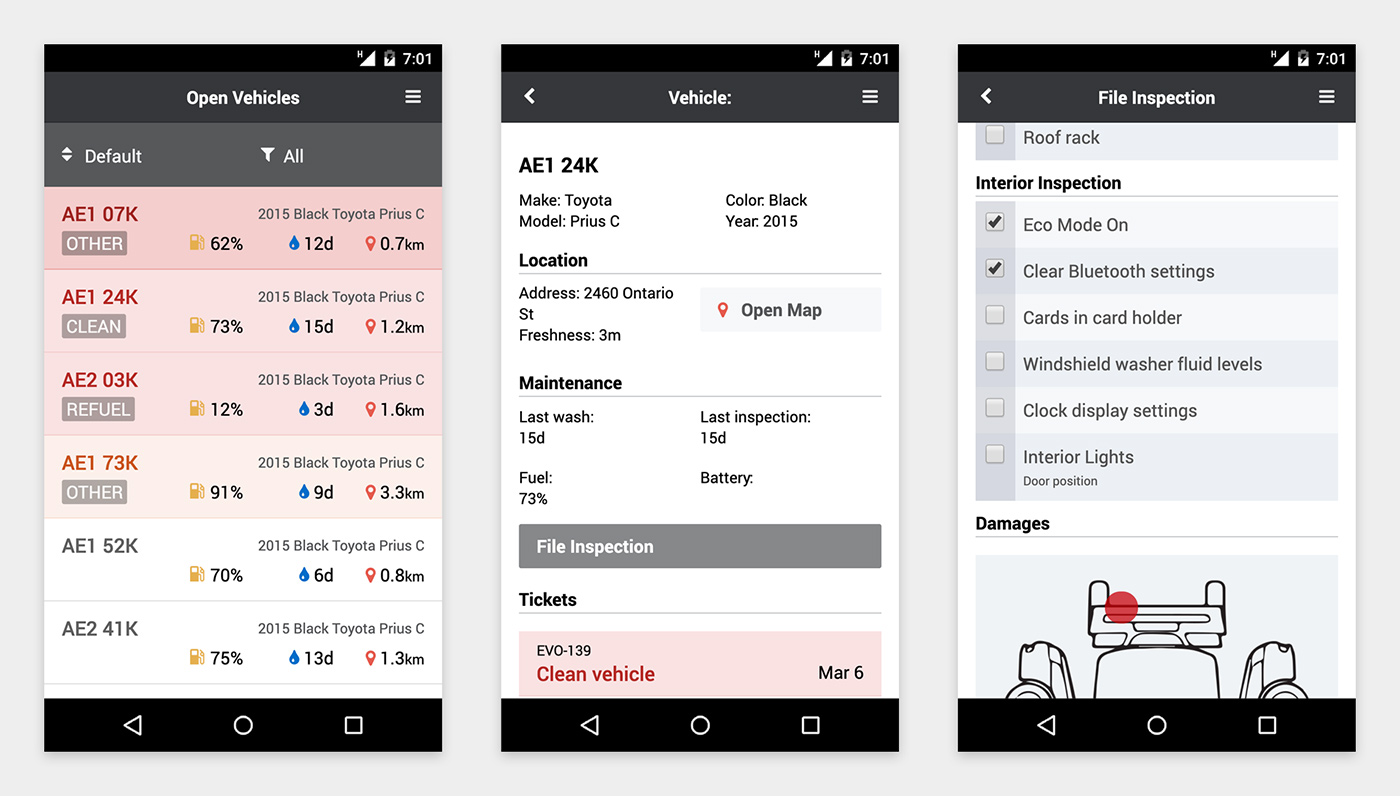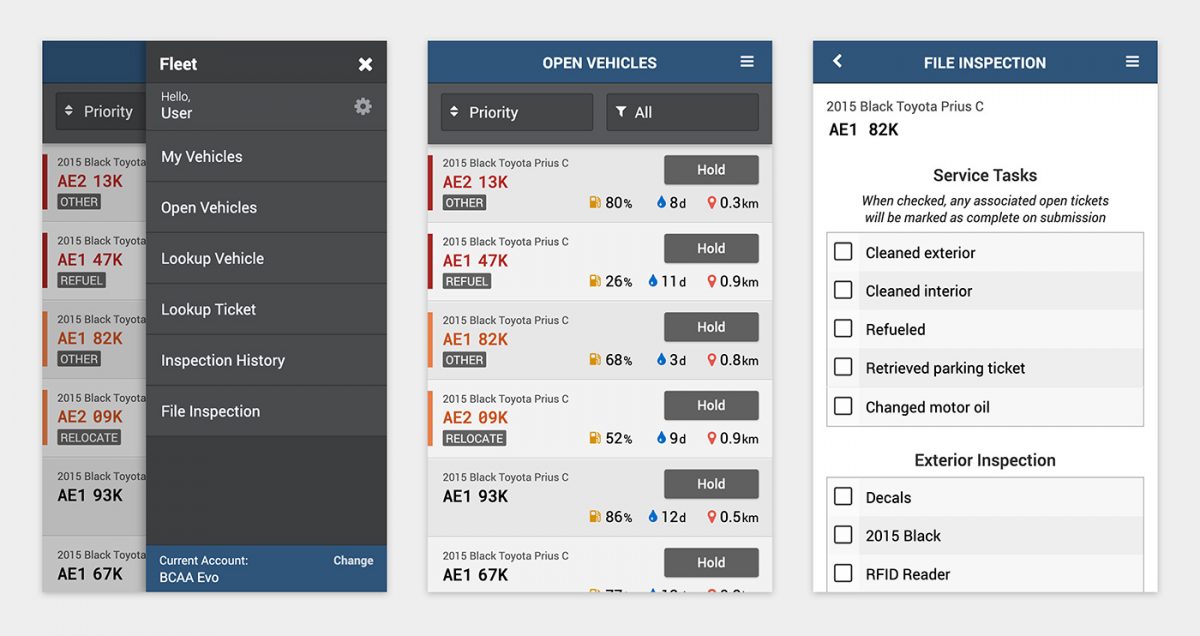Fleet Management Platform

Challenge
When Evo Car Share was gearing up to launch in Vancouver, they approached Eco Service for servicing needs. Prior to this, Eco Service worked primarily on a site-based business model. A servicing team would go to a site and clean the designated vehicles present there. This was often scheduled at an interval that simplified schedules for everyone.
On the other hand, this opportunity presented a new set of challenges, the biggest of which was that the fleet was free-floating. In a free-floating model, there are no designated sites. A vehicle can be anywhere within the operating zone.
In addition to cleaning, the crew had to perform other tasks including:
- Inspecting for damages
- Refueling as necessary
- Relocating to an optimal area
- Bringing the vehicle to the service bay
- Other special requests
Initial Solution
As the details of the service contract were being negotiated, I was tasked to utilize technology to help operations transition to a new way of working. At the time, Eco Service had no tech or R&D team to pursue the endeavor. The key stakeholders were the team at Evo Car Share, Eco Service's back-office operations crew, and their vehicle service technicians.
From the initial stakeholder interviews and ideation sessions, I determined the most vital features required to support the business contract:
- Prioritize and locate which vehicles should be cleaned and refueled
- Collect inspection notes from service technicians
- Assign requests/tasks to the service technicians

As service technicians were expected to be on the road while on duty, a mobile app was needed. The back-office operations crew were going to be at desks, coordinating priority requests from Evo Car Share. A desktop counterpart seemed to fit the bill best, taking advantage of screen estate to give operations a bigger picture.
At the heart of this platform, a business-logic layer would automatically prioritize vehicles based on key factors including tickets, last inspection time, and fuel. This would alleviate the need for the team to re-prioritize vehicles. While service techs can take initiative and go to the next vehicle quickly.
Execution
With a 3-month timeframe to launch, I needed to work efficiently. Instead of putting a lot of effort into the user interface, I prioritized on getting the workflow in place first.
During development, I started to record demos to show and share progress with stakeholders. This also served as rudimentary documentation that users can refer to.
The launch with Evo Car Share was the first major milestone. By that time, the app was ready for field testing and Eco Service was able to coordinate trial runs to root out any major hiccups.

Results
At launch, a new business model was enabled for Eco Service. This allowed the organization to grow from servicing 80 to 350 vehicles in the span of a couple of days in tandem with Evo Car Share's service rollout. Over the next year this would grow to over 1,500 cars as Eco Service signed on additional partners.

I also established a feedback channel with the operations team by checking in regularly. Here I wanted to ensure the team was meeting key performance indicators such as time spent per vehicle, average service frequency, and many others. This feedback also provided guidance on where to focus effort and validate the product roadmap.

